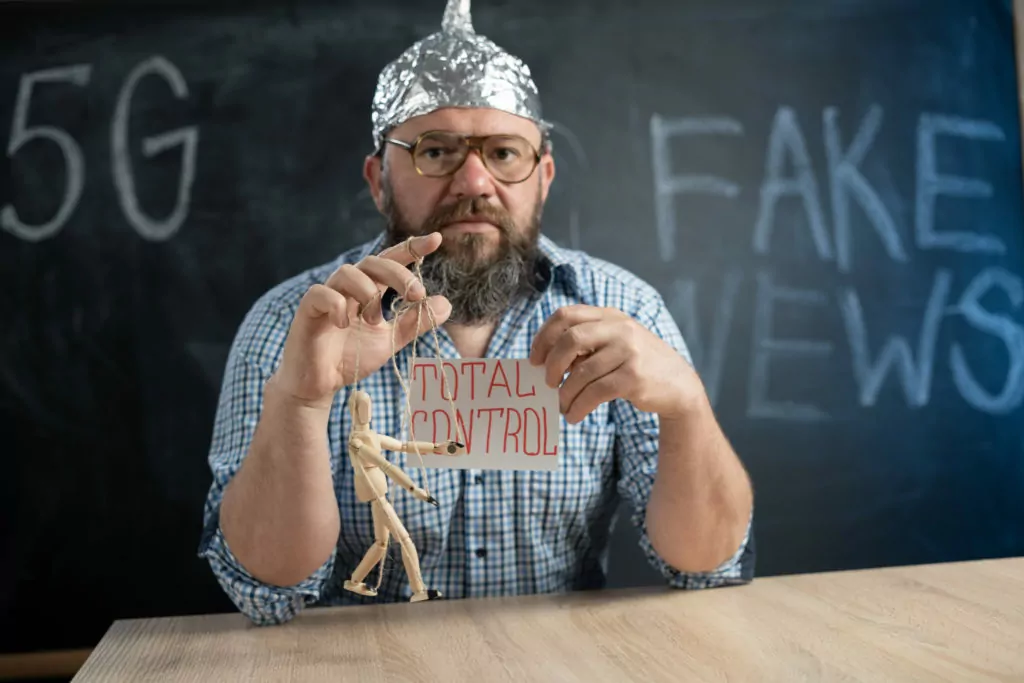Here’s the meaning of “not everything you read on the Internet is true”:
“Not everything you read on the Internet is true” means, it can be hard to determine when information isn’t true to itself from time to time.
While sometimes the jokes are obvious, it can be tricky to notice when some piece of content isn’t completely sincere.
So if you want to know all about the meaning of “not everything you read on the Internet is true,” then this article is for you.
Keep reading!

What Is the Meaning of Not Everything You Read on the Internet Is True?
A popular meme is making the rounds for years now with a picture of Abraham Lincoln and the quote, “Don’t believe everything you read on the Internet.” This perfectly sums up the way that the Internet operates communication-wise.
We’re constantly bombarded with seemingly infinite amounts of information. So while sometimes the jokes are obvious, it can be tricky to notice when some piece of content isn’t completely sincere.
From blog posts to media portals, disinformation has been present online basically since its inception. So it’s no wonder that the newer forms of misinformation are getting increasingly more convincing.
What Are the Most Common Forms of Fake Information?
There is more space than ever for your voice to be heard online. With more than 4.5 billion internet users worldwide and the majority of them using social media, it’s clear that the number of things you can read there escalates each minute.
Unfortunately, as the number of people online grows, the noise is getting stronger. As a result, it’s getting harder to filter through all of the malicious, manipulated, or fundamentally wrong information.
Fake News
The phrase “Fake News” has been mentioned in the media many times in recent years. Even though you could argue that the term is being used too often when somebody simply doesn’t agree with something, it does remind us that you should always think twice about everything you read online.
When we’re talking about fake news, obviously, suspicious media portals and their articles are up there as one of the most common forms of disinformation. But that’s just the beginning.
Conspiracy Theories
The so-called conspiracy theories are getting more and more traction online, spreading through dedicated forums, YouTube channels, and podcasts. Users of these portals then pick up these false stories and spread them as if they are true.

The ideal place to present these fragments of disinformation is various social media channels, with Facebook and Twitter being the frontrunners. It doesn’t even take a lot of effort. Believe it or not, just 12 people have created up to 65% of anti-vaccine content on these networks.
What Are the Problems With Attempts at Control?
The spreading of fake and even dangerous information has increased to the point that some social media platforms have created an enforcement system through which unverified information is flagged as problematic for all users to see.
This can be helpful, but unfortunately, it can still be very selective, especially on Twitter. Others see this new protocol as a threat. Many people simply believe these actions as verification that somebody is trying to silence “their truth.”
Some people only look for those alternative ways to get informed, but they aren’t the only ones participating in this cycle and creating or sharing questionable things online.
What Are the Reasons for Spreading Disinformation?
As we mentioned before, some people believe that you can unravel the ultimate truth by digging outside of the mainstream media.
People just love feeling like they are the smartest person in the room, don’t they? But if we set aside the “truth-seekers,” there are other motives for spreading fake news online.
Taking Advantage of Carelessness
Sometimes the spread of disinformation is just carelessness or cluelessness because the person spreading it simply forgot to check the source and verify its authenticity.
Some people think that if somebody has a website with some nice images and published articles with titles such as “THE EARTH IS FLAT–SCIENTIST FIND THE ULTIMATE PROOF!” it must be true. (We all know at least one person like this among our Facebook friends).
On the other hand, some look to tap into the blind faith of online users for their amusement. As a result, many people spend time trolling across the web, aiming to cause confusion and convince entire communities of something crazy just because they can.
One of the most common examples of this is pronouncing a major celebrity dead, which happens fairly often, and many times even big media fall for this.
That brings us to another reason for disinformation; the perceived importance of clicks and traffic. Everybody’s competing for attention online, and sometimes many outlets don’t take time to properly research something they’re reporting. That’s how fake news is perpetuated, often unintentionally, but it’s hard to reverse the process when that content is up.
Bad Actors: Tech-savvy Individuals?
Finally, sometimes the actions are intentional. Tech-savvy individuals can use a convincing online presence to further their agenda, and it gets tricky sometimes to notice.
A good example of this is the story from 2016 about the USA elections and websites based in North Macedonia. More than 100 websites from a single town there shared thousands of made-up stories that managed to reach the American public and, arguably, even impact the election.
There are countless examples of these types of websites pretending to be legit and pushing someone’s agenda. EU institutions even decided to step in and try to get it under control.
Unfortunately, because creating your own online presence is easier now than ever before, you still need to keep your eyes open for all the frauds and bored people looking to pull people’s chains who distribute disinformation.
How to Avoid Fake News?
There is no way around it. If you’re going to spend a lot of time online and avoid consuming fake news, you need to learn how to recognize it.

Of course, we’d all like to not think about whether somebody is lying about a person dying, but that’s the online world we’re living in, and it’s here to stay.
So, what’s the best way to go about protecting yourself?
Check the Source and Don’t Forget to Think
Even though it sounds obvious, a lot of people forget to simply check the source of the content they’re consuming. What is the website, channel, or social media account that posted it?
Often people come across some jaw-dropping article that proves to have come from a satirical website that doesn’t even try to hide this fact. But when people don’t take the time to think about the source, you get the whole world talking about a Serbian accidentally killing a Shark in Egypt by diving on its head while drunk.
This also shows another important thing to keep in mind: the truth can still be misleading if you’re just looking at the source. On the other hand, some legit media portals featured the shark story, so it seemed credible to an average user.
If It Sounds Far-fetched, It Probably Is
That’s why when a story sounds too far-fetched, or you’re wondering how there aren’t more people talking about the latest important news, you need to browse around and see where it first popped up.
Try seeing who first wrote about it and when. If you’re noticing that there aren’t more than one or two sources, chances are it’s not real.
Fortunately, if you’re not in the mood for investigative journalism, you can always use some of the tools readily available just for that and do some simple fact-checking before you click the “share” button.

